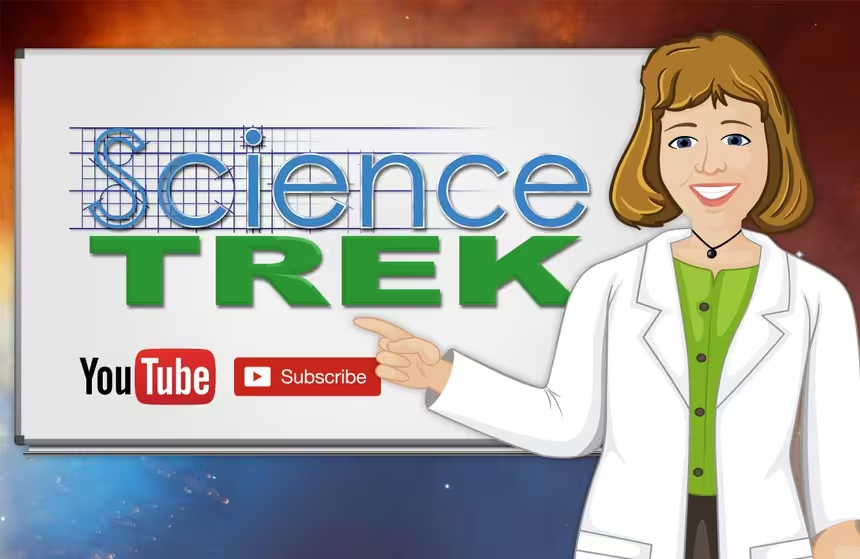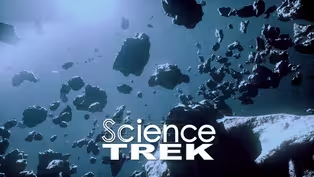
Asteroids and Comets: Lucy and the Trojans
Clip: Special | 1m 4sVideo has Closed Captions
What are trojans? (And I don’t mean soldiers from Troy)
Trojans are the name for asteroids that live in two swarms: one group that orbits ahead and one group that orbits behind the planet Jupiter. Scientists want to know where these space bodies came from and how they were formed, so they have sent a spacecraft named Lucy to find out.
Problems playing video? | Closed Captioning Feedback
Problems playing video? | Closed Captioning Feedback
Science Trek is a local public television program presented by IdahoPTV
Major Funding by the Laura Moore Cunningham Foundation and the Idaho National Laboratory. Additional Funding by the Friends of Idaho Public Television and the Corporation for Public Broadcasting.

Asteroids and Comets: Lucy and the Trojans
Clip: Special | 1m 4sVideo has Closed Captions
Trojans are the name for asteroids that live in two swarms: one group that orbits ahead and one group that orbits behind the planet Jupiter. Scientists want to know where these space bodies came from and how they were formed, so they have sent a spacecraft named Lucy to find out.
Problems playing video? | Closed Captioning Feedback
How to Watch Science Trek
Science Trek is available to stream on pbs.org and the free PBS App, available on iPhone, Apple TV, Android TV, Android smartphones, Amazon Fire TV, Amazon Fire Tablet, Roku, Samsung Smart TV, and Vizio.

Science Trek
Science Trek is a place where parents, kids, and educators can watch short, educational videos on a variety of science topics. Every Monday Science Trek releases a new video that introduces children to math, science, technology, engineering, and math (STEM) career potentials in a fun, informative way.(MUSIC) JOAN CARTAN-HANSEN, HOST: NASA has several missions to study asteroids and comets.
One of the most interesting is Lucy and the Trojans.
But what are Trojans?
In this case, they are not the ancient peoples who lived in the city-state of troy around the 12th or 13th century BCE.
These Trojans are asteroids that live in two swarms.
One group that orbits ahead and one group that orbits behind the planet Jupiter And scientists want to know where these space bodies came from and how they were formed.
So, Lucy was launched in 2021.
It has instruments on board to study the geology, temperature, and composition of the asteroids.
On the way to Jupiter, it will first investigate the main-belt asteroid Donaldjohanson.
Then Lucy will study the biggest and smallest Trojan assteroid.
Several year later, lucy will look at the asteroids trailing Jupiter.
Because the Trojans have probably been stable in their current orbits for hundreds of millions of years, scientists think studying these special asteroids will help them understand how the solar system evolved.
For more information about asteroids and comets check out the Science Trek website.
You'll find it at ScienceTrek.org
Asteroids and Comets: The Asteroid Belt
Video has Closed Captions
Clip: Special | 1m 4s | What is the biggest asteroid in the Asteroid Belt? (1m 4s)
Providing Support for PBS.org
Learn Moreabout PBS online sponsorship
- Science and Nature

Explore scientific discoveries on television's most acclaimed science documentary series.

- Science and Nature

Capturing the splendor of the natural world, from the African plains to the Antarctic ice.












Support for PBS provided by:
Science Trek is a local public television program presented by IdahoPTV
Major Funding by the Laura Moore Cunningham Foundation and the Idaho National Laboratory. Additional Funding by the Friends of Idaho Public Television and the Corporation for Public Broadcasting.
